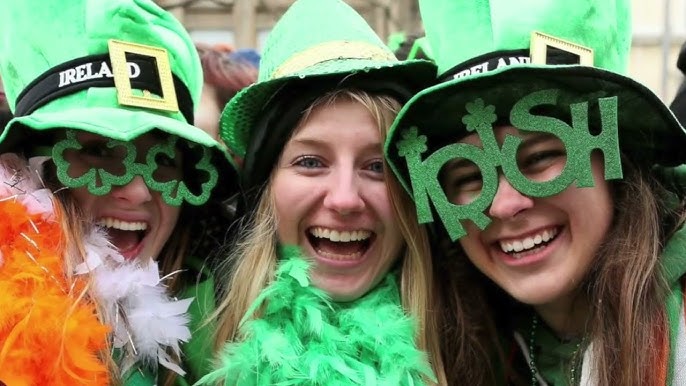
Saint Patrick’s Day is celebrated on March 17th every year and honors Saint Patrick, the patron saint of Ireland. The day has a rich history that goes back many centuries and has evolved into a global celebration of Irish culture.
Saint Patrick was born in Roman Britain in the late 4th century. When he was around sixteen years old, he was captured by Irish pirates and taken to Ireland as a slave. After six years, he escaped and returned to his family. However, he felt a calling to return to Ireland as a missionary. He wanted to convert the Irish people to Christianity. Saint Patrick traveled around Ireland, teaching about Christianity and using everyday symbols to explain his faith. One famous story says that he used the shamrock, a three-leaf plant, to explain the concept of the Holy Trinity: the Father, the Son, and the Holy Spirit.
Saint Patrick died on March 17, 461 AD, and this date was later chosen to celebrate his life and work. The day was originally a religious holiday in Ireland, where people would attend church services to honor the saint. It was a day of reflection and prayer rather than a day of celebration. Over time, however, the day began to take on a more festive spirit. In the 18th century, Irish immigrants in the United States started celebrating Saint Patrick’s Day as a way to connect with their heritage. The first recorded Saint Patrick’s Day parade took place in Boston in 1737, and New York City followed suit with its own parade in 1762. These parades became a way for Irish immigrants to show pride in their culture and to unite against discrimination. As the years went by, the celebrations grew larger and more elaborate, often featuring music, dancing, and food.
Today, Saint Patrick’s Day is celebrated around the world. Cities like Chicago dye their rivers green, and landmarks such as the Sydney Opera House and the Empire State Building light up in green to mark the occasion. People wear green clothing and accessories, often including shamrocks, to show their spirit. Traditional Irish foods, like corned beef and cabbage, are commonly served during the celebrations. The day has also become a time for people of all backgrounds to join in the fun, regardless of their Irish heritage. It is a day filled with joy, laughter, and a sense of community. While the original focus was on Saint Patrick and his contributions to Christianity in Ireland, the day has transformed into a broader celebration of Irish culture and identity.
Saint Patrick’s Day has a fascinating history that reflects the journey of Saint Patrick and the Irish people. From its roots as a religious observance to its current status as a global celebration, the day brings people together to honor Irish heritage. Whether through parades, music, or food, Saint Patrick’s Day continues to be a time of joy and unity for many around the world.